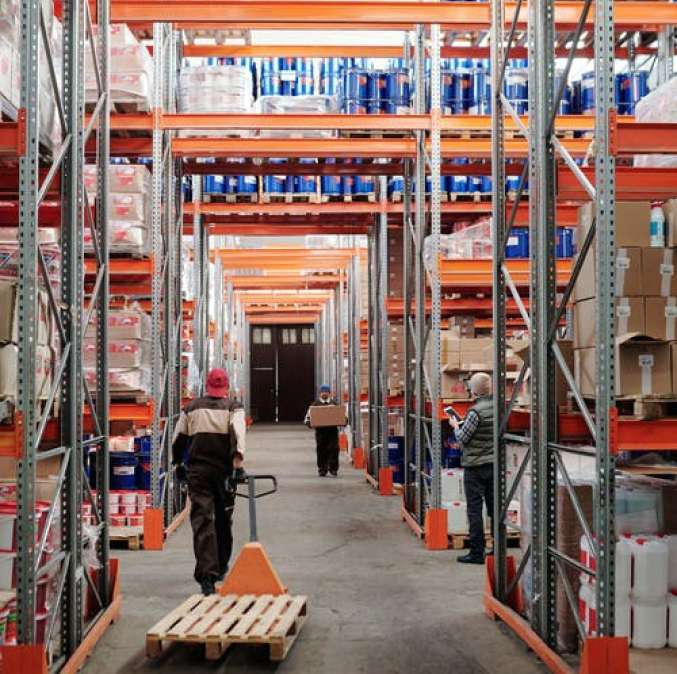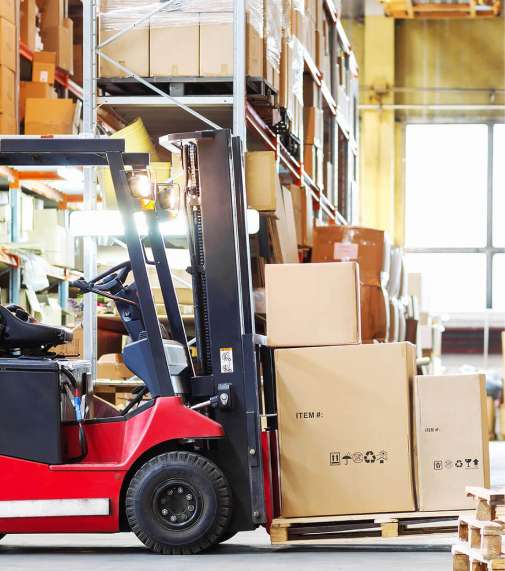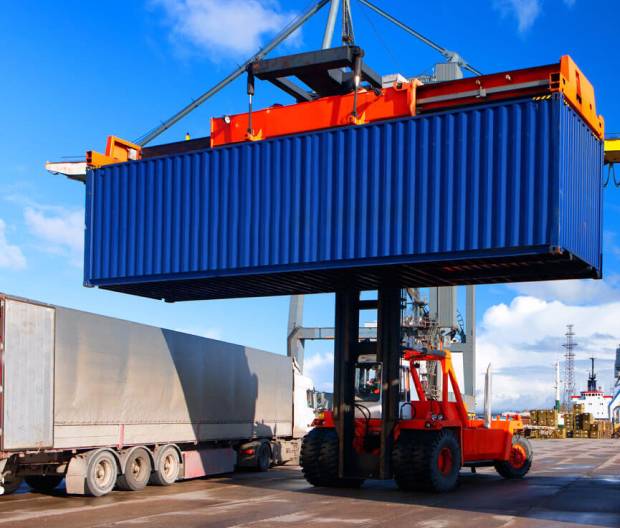There are many different types of shipping and delivery, but two of the most common are residential vs. commercial shipping. Both have benefits and drawbacks, so it’s essential to understand their differences before deciding which option is best for you.
For example, commercial businesses typically have larger orders and more frequent shipments than residential customers. These stipulations mean they need a shipping and delivery service that can handle their volume and meet their deadlines.
On the other hand, residential customers usually have smaller orders and less frequent shipments. Less demand means they can use a shipping and delivery service that doesn’t need to meet deadlines or massive volumes.
This blog post will discuss, in detail, the differences between commercial and residential shipping and delivery, so keep reading!
What is Residential Shipping?

Residential shipping is shipping goods from one location to another using a residential address as the point of origin or destination. Businesses often use a residential address as a shipping point because it is more convenient and can sometimes be cheaper than a commercial shipping address.
Keep these notes in mind when using a residential address for shipping:
- First, it is essential to ensure that your address is, in fact, residential. Many businesses will use an address that is a commercial location, which can cause problems with your shipment;
- Second, you need to make sure that you have the correct zip code for the address. Residential addresses often have different zip codes than commercial ones, so getting this information right is vital;
- Third, you must be aware of special regulations that may apply to shipping to a residential address. Sometimes, you may need to get a special permit or license to ship certain items to a residential address;
- Finally, you must ensure you use the right shipping company when sending to a residential address. Some companies will not ship to residential addresses, so checking with the company before making your shipment is essential.
What is Commercial Shipping?

Commercial shipping is transporting goods and materials by water for trade or business. These means can include shipping goods from one country to another or from one port to another. It can also involve the transport of goods within a single country.
Commercial shipping is a vital part of the global economy, as it allows for exchanging goods and materials between different parts of the world. Freighters are massive ships that are the most common vessels companies use for commercial shipping. These vessels can carry a wide variety of cargo because of their many storages holds.
Freighters typically travel between major ports, loaded and unloaded by cranes. Commercial shipping costs vary depending on several factors, including the size and type of ship, the distance traveled, and the cargo transported.
Nevertheless, commercial shipping is a relatively inexpensive way to transport large quantities of goods long distances. There are various types of commercial shipping, including intermodal container shipping, bulk shipping, and break bulk shipping.
Why Does Residential Shipping Cost More?
Residential shipping generally costs more than other shipping options, such as commercial shipping. There are several reasons why the cost is higher.
- Delivery to a home can often be more complex than delivering to a business. Residential delivery drivers must make more frequent stops, occasionally looping back and making multiple stops if the packages are inaccessible and buried in the back of the truck.
- Another reason residential shipping generally costs more is the size and weight of the items shipped. Residential shipments tend to be smaller and lighter in weight than commercial shipments. As a result, items shipped to a home will often need more careful packing, which can add to the shipping cost;
- Finally, another reason residential shipping generally costs more is the time of day the shipment is processed. The weekday nights and weekends are prime times for residential deliveries because more individuals will be at home to accept the packages. Delivery companies have to pay their employees for overtime hours, which increases the shipping cost for weekend deliveries.
What is Last Mile Delivery?
The final step of the delivery process is last-mile delivery, and it’s the most crucial part. This step is when the package reaches the customer’s door. Last-mile delivery is often the most expensive and time-consuming part of the delivery process.
Many factors can affect the cost and time of last-mile delivery. These factors include the package’s dimensions and weight, journey distance, the number of stops along the way, and delivery time.
Last-mile delivery can be a challenge for businesses, but there are ways to make it more efficient. One way is to use technology to track packages and optimize routes. Another way is to work with local businesses to create safe and efficient drop-off locations.
Last-mile delivery is an integral part of the e-commerce experience. By making it more efficient, businesses can improve customer satisfaction and loyalty.
Last Mile Delivery Fees
The e-commerce landscape is constantly evolving, and with that, so are the expectations of customers. In recent years, we’ve seen a dramatic increase in the number of people shopping online for items large and small.
This increase in online shopping has led to a corresponding rise in companies offering last-mile delivery services. This delivery option is the final leg of the delivery process, from the distribution center to the customer’s doorstep.
Because this final leg is often the most expensive and time-consuming part of the delivery process, many companies now charge customers a last-mile delivery fee.
This fee is typically a flat rate based on the distance from the distribution center to the customer’s address. Last-mile delivery fees vary depending on the company, but they are typically between $5 and $15.
So, if you’re ordering an item that costs $50, you can expect to pay an additional $10 for last-mile delivery. While these delivery fees may seem inconvenient, they are necessary for business in today’s e-commerce landscape.
High costs of last-mile delivery are due to several factors, including:
- The high cost of gas and diesel fuel;
- The high cost of labor;
- The wear and tear on vehicles;
- The cost of insurance;
- The cost of permits and licenses.
All these factors add up, and the only way for delivery companies to offset these costs is by charging customers a last-mile delivery fee. So, while it may be inconvenient to pay an additional fee for last-mile delivery, it’s important to remember that this fee helps keep businesses running and ensure that you receive your purchases promptly.
Choose Residential, Commercial, and Last Mile Delivery Shipping with Morning Star Transport LLC
Are you looking for a transportation company in Seattle that can handle your commercial and residential needs? Look no further than Morning Star Transport LLC. We are a full-service shipping company that offers transloading, cross-docking, drayage, warehousing, and various other shipping services to meet the needs of our customers.
We have everything it takes to successfully transport anything, from a single letter to a major piece of machinery. In addition, we offer both short-term and long-term shipping solutions, so you can rest assured that your shipment will arrive on time and in good condition.
When you choose Morning Star Transport LLC for your shipping needs, you can be confident that you’re choosing a reliable company that will get the job done right. Contact us today so you can learn more about our shipping services or get a quote for your next shipment.









 iMedPages
iMedPages